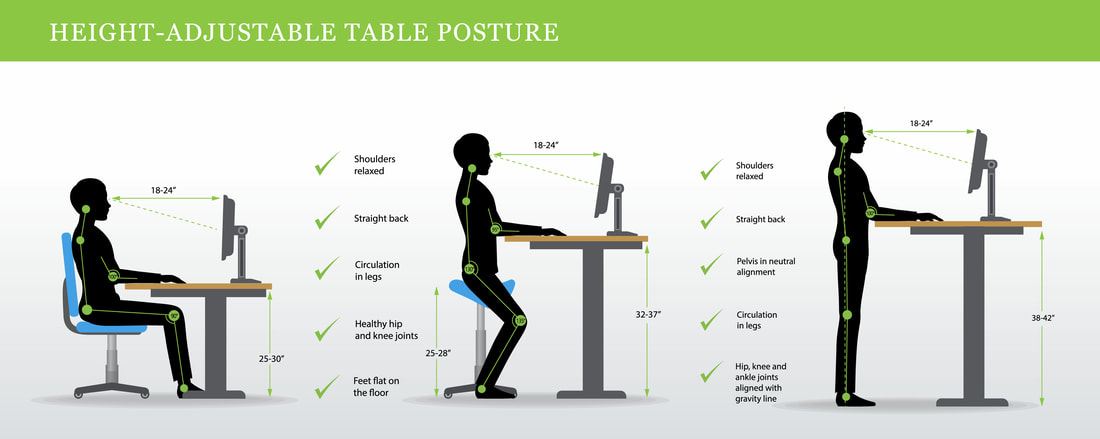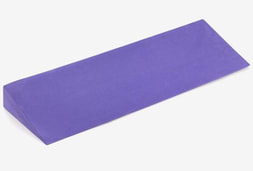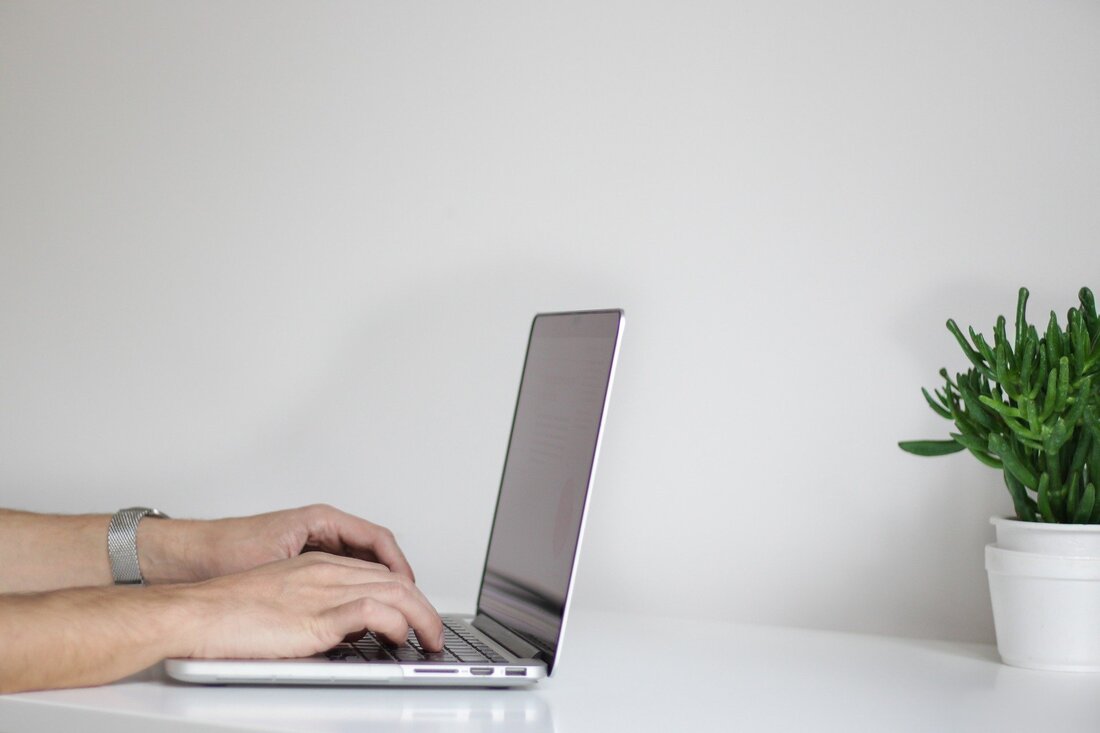In this blog I'll discuss the body positions and common habits that are very likely to increase tension in back and neck muscles and how to improve them with furniture and simple exercises. DeskI strongly advise you to invest in a sit/stand desk, they're so good! The one I have is from IKEA - of course there's plenty more companies that make them. There are many models to choose from and I see that there's an option to just buy the frame so that you can make your own desk top that fits your office. Get creative, I'm thinking a light kitchen worktop so you can have this desk/work-top type set up. The benefits of changing working position throughout the day...
The options you have...
FloorThe surface that you stand on or have your chair on must be level and hard ie not carpet or a spongy/squashy surface. This goes for whatever you wear on your feet. The reason being, if your heels sink down into the floor surface or shoes making them lower than the bones in your mid-foot it sends the message to your brain that you're standing on a very slight slope, the body has to then make compensatory adjustments in the joints of your legs, back and spine and your muscles to keep your centre of gravity balanced. This can lead to a build up of tension and fatigue in certain areas of the body that are specific to your configuration. My patients commonly talk about 'a weak spot' or an old injury area of their body that tends to play up when they sit for long periods or with certain activities. Do you have that? What positions bring it on? Which of these main points that I'm talking about could you modify that could help reduce this mechanical stress? ChairIf you've visited the Unwind clinic you may have noticed the stool I use complete with it's DIY mods that I've done. It was originally a 'saddle stool' which I did find really comfy but eventually realised it was giving me headaches. I unscrewed the seat part and binned it, replacing it for a square of MDF with a piece of 4mm yoga mat glued on for comfort. This is the best office chair I've ever had. I can set the height and angle (tipped forwards) so that it gives me all the support I need for my back, this is what we want to achieve for you too. Many office chairs, dining chairs, bar stools etc etc have the surface of the seat tilting backwards which encourages your pelvis (which supports your whole spine) to rock backwards into a slumped shape. Slumped is bad, equally, having to hold yourself upright - fighting against the position the chair is forcing you into - is also bad news for your back and neck. You can use wedge cushions or the yoga wedge that I have in the clinic to improve the function of your chair.
Laptop or Monitor Stand
Postural & Movement HabitsWhat repetitive movements are you doing throughout the working day? Which activities are contributing to your problem? Is there a way to change it? Do you have to repeatedly stretch or bend down to one side to say use the printer, getting things out the drawers or talk to colleagues? Do you talk on the phone a lot? Do you trap the phone between your ear and shoulder in order to multitask?
Comments are closed.
|
AuthorSarah Bedford Recent PostsCategories
All
|





 RSS Feed
RSS Feed


